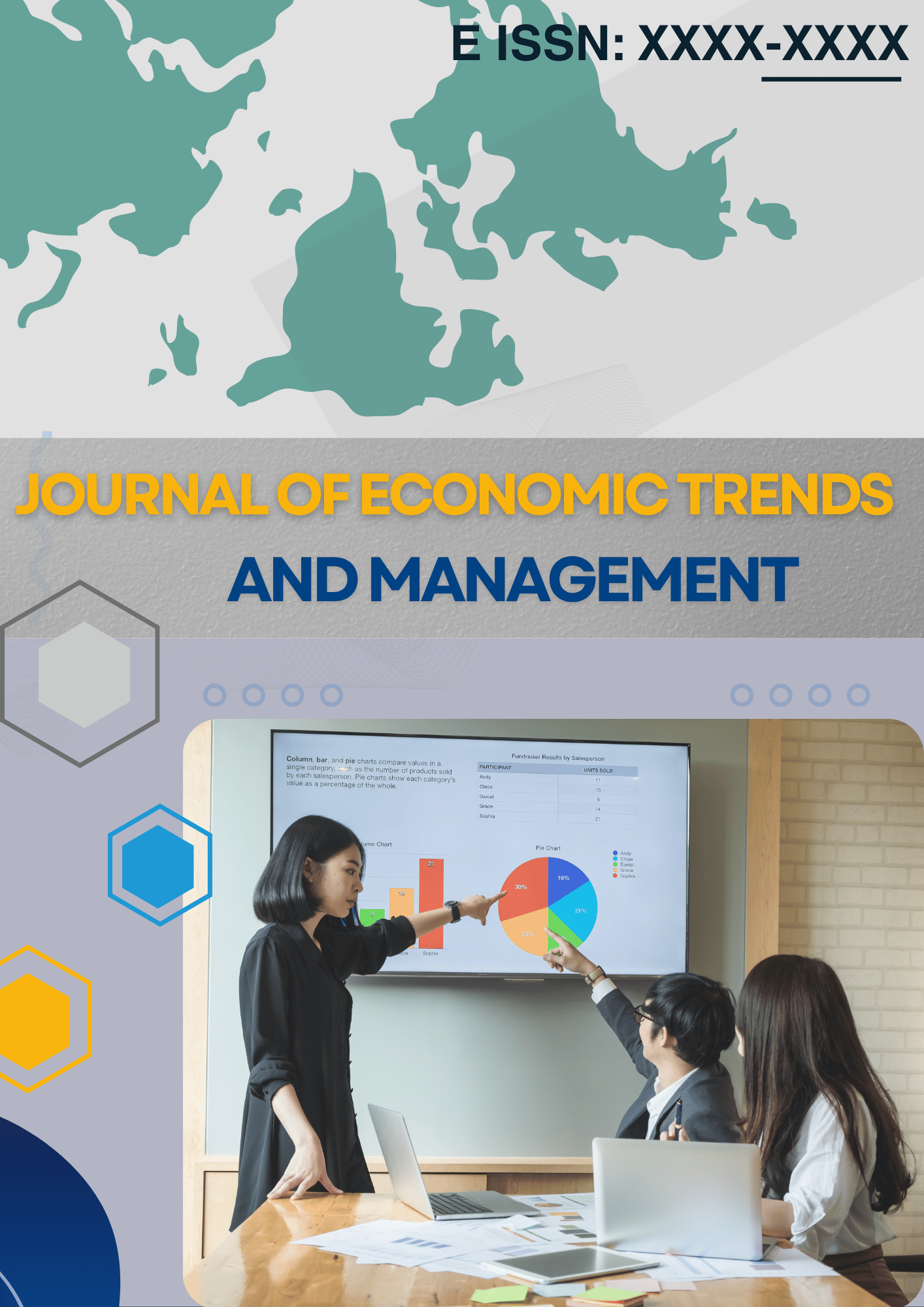The Effectiveness of Energy Subsidy Policy on the Purchasing Power of Low-Income Communities and National Economic Resilience
Keywords:
Energy Subsidies , Purchasing Power , Low-Income Communities , Fiscal Deficit , National Economic ResilienceAbstract
Purpose: This study aims to analyze the effectiveness of energy subsidy policies in increasing the purchasing power of low-income communities and to evaluate their impact on national economic resilience. Energy subsidies are considered a social protection tool, but they also have the potential to burden state finances if not managed properly.
Subjects and Methods: This research uses a quantitative approach using multiple linear regression. Secondary data includes national macroeconomic indicators such as energy subsidy levels, purchasing power, global oil prices, and the fiscal deficit relative to GDP. The analysis was conducted to examine the simultaneous relationship between these variables over a specific time period.
Results: The research results show that energy subsidies have a positive and significant impact on the purchasing power of low-income communities, reflecting the subsidies' role in maintaining consumption among vulnerable groups. However, energy subsidies also have a significant negative impact on national economic resilience by increasing the country's fiscal deficit. Furthermore, fluctuations in global oil prices exacerbate the subsidy burden and weaken the government's fiscal posture.
Conclusions: There is a trade-off between the short-term benefits of subsidies in maintaining public purchasing power and the long-term fiscal risks to national economic resilience. Therefore, a more targeted, data-driven, and adaptive reformulation of subsidy policies is needed to maintain a balance between social justice and fiscal sustainability.
References
Akhyar, M., & Rahmi, R. (2024). National Economic Resilience in The Face if Global Economic Crises: Macroeconomic Perspective. Golden Ratio of Social Science and Education, 4(2), 190-200. https://doi.org/10.52970/grsse.v4i2.284
Aldieri, L., Gatto, A., & Vinci, C. P. (2021). Evaluation of energy resilience and adaptation policies: An energy efficiency analysis. Energy Policy, 157, 112505. https://doi.org/10.1016/j.enpol.2021.112505
Briguglio, L. P. (2016). Exposure to external shocks and economic resilience of countries: evidence from global indicators. Journal of Economic Studies, 43(6), 1057-1078. https://doi.org/10.1108/JES-12-2014-0203
Brown, M. A., Soni, A., Lapsa, M. V., Southworth, K., & Cox, M. (2020). High energy burden and low-income energy affordability: conclusions from a literature review. Progress in Energy, 2(4), 042003. https://doi.org/10.1088/2516-1083/abb954
Clements, B., Coady, D., Fabrizio, S., Gupta, S., & Shang, B. (2014). Energy subsidies: How large are they and how can they be reformed?. Economics of Energy & Environmental Policy, 3(1), 1-18.
Goyal, A. (2014). Purchasing power parity, wages and inflation in emerging markets. Foreign Trade Review, 49(4), 327-347. https://doi.org/10.1177/0015732514543587
Gururaja, J. (2003, February). Energy for sustainable development: Review of national and international energy policies. In Natural Resources Forum (Vol. 27, No. 1, pp. 53-67). Oxford, UK and Boston, USA: Blackwell Publishing Ltd. https://doi.org/10.1111/1477-8947.00040
Kojima, M. (2011). The role of liquefied petroleum gas in reducing energy poverty. World Bank, Oil, Gas, and Mining Unit.
Lewin, S., Lavis, J. N., Oxman, A. D., Bastías, G., Chopra, M., Ciapponi, A., ... & Haines, A. (2008). Supporting the delivery of cost-effective interventions in primary health-care systems in low-income and middle-income countries: an overview of systematic reviews. The Lancet, 372(9642), 928-939.
Lin, B., & Jiang, Z. (2011). Estimates of energy subsidies in China and impact of energy subsidy reform. Energy Economics, 33(2), 273-283. https://doi.org/10.1016/j.eneco.2010.07.005
Prastyono, A., & Sandrina, F. (2024). Subsidi Kendaraan Bermotor Listrik Berbasis Baterai: Seberapa Besar Dampak Terhadap Masyarakat Indonesia?. Jurnal Ilmiah Edunomika, 8(1). https://doi.org/10.29040/jie.v8i1.11602
Purnama, R. (2024). Energy economic development: Electricity subsidies in Indonesia. ANP Journal of Social Science and Humanities, 5(1), 1-7. https://doi.org/10.53797/anp.jssh.v5i1.1.1.2024
Robertua, V., Oktavian, R., Hermawan, P. A., Nainggolan, F., & Avrielia, T. (2024). Solusi Palsu dalam Implementasi Perjanjian Paris di Indonesia: Studi Kasus Percepatan Program Kendaraan Listrik Berbasis Baterai di Jakarta. AEGIS: Journal of International Relations, 8(1).
Tekin, B. (2024). Evaluating Economic Resilience: Lighting the Nexus Between Turkish Imports and Foreign Exchange Reserves. Studies in Business and Economics, 19(3), 257-271. https://doi.org/10.2478/sbe-2024-0055
Yang, S., & Zhao, D. (2015). Do subsidies work better in low-income than in high-income families? Survey on domestic energy-efficient and renewable energy equipment purchase in China. Journal of Cleaner Production, 108, 841-851. https://doi.org/10.1016/j.jclepro.2015.07.022
Downloads
Published
Issue
Section
License
Copyright (c) 2025 Journal of Economic Trends and Management

This work is licensed under a Creative Commons Attribution-ShareAlike 4.0 International License.






